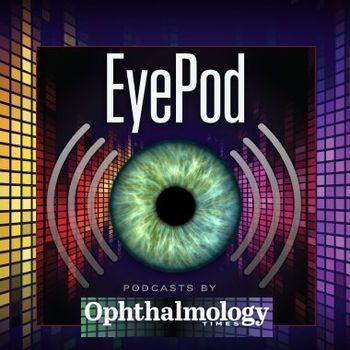
SIFI announces granting of a second FDA Orphan Drug Designation for polihexanide in fungal keratitis
The latest announcement comes after the previously granted ODD for polihexanide in acanthamoeba keratitis by the FDA and EMA.
SIFI SpA announced today that the US Food and Drug Administration (FDA) has approved the company's Orphan Drug Designation (ODD) application for its investigational anti-infective polymer polihexanide (Akantior) for the treatment of fungal keratitis.
This is a second orphan ophthalmic indication for the polihexanide research and development program. SIFI is currently evaluating various options for the commercialization of polihexanixde globally, including potential out-license agreements outside its core markets.
Fungal keratitis is a severe corneal infection that often results in blindness and eye loss. The disease is most prevalent in tropical and subtropical climates. According to The Lancet, annual global incidence of fungal keratitis is estimated at 1,051,787 cases, with the highest rates in Asia and Latin America.
In the US, an estimated 15,660 patients annually ¬– most of whom are contact lens wearers or agricultural workers – are diagnosed with fungal keratitis. Only one drug is currently approved for fungal keratitis in the US, and around one in three patients fail on the treatment. There are no approved treatments for fungal keratitis in Europe, Japan, Asia and almost anywhere else around the world.
In addition to lack of approved medical alternatives, the company noted in a statement that it believes the incidence of fungal keratitis may be on the uptick due the global trend in general resistance to anti-fungal therapeutics.
"The opportunity of having a therapeutic option with new mode of action available to treat patients with fungal keratitis is a breakthrough," according to Edward Holland, MD, a professor of Ophthalmology at the University of Cincinnati. "Currently, we have limited topical options and therefore resort to surgery too soon and often with the risk of poor outcomes as medical treatment proves unsuccessful especially for deeper infections."
Maria-Grazia Mazzone, executive director of Business and Portfolio Development at SIFI, pointed out in a news release that over the last year, the company has accomplished several pivotal milestones towards developing polihexanide first for acanthamoeba keratitis and now for fungal keratitis.
“Both are catastrophic cornea infections with dire consequences and, sadly, areas of unmet medical need,” she said. “For the sake of the patients we are encouraged by the recent decision of the FDA to grant ODD status to this program, which will enable the efficient development and ultimately approval of polihexanide for the treatment of fungal keratitis.”
The FDA's Orphan Drug Designation program provides orphan status to drugs that are intended for the treatment, prevention, or diagnosis of a rare disease or condition (affecting fewer than 200,000 persons in the U.S).
Characteristics of ODD status include seven years of post-approval marketing exclusivity, federal tax credit for expenses incurred in conducting clinical research, and a waiver of Prescription Drug User Fee Act (PDUFA) fees.
Newsletter
Don’t miss out—get Ophthalmology Times updates on the latest clinical advancements and expert interviews, straight to your inbox.













































